Steffen Remus
Language Models Explain Word Reading Times Better Than Empirical Predictability
Feb 02, 2022



Abstract:Though there is a strong consensus that word length and frequency are the most important single-word features determining visual-orthographic access to the mental lexicon, there is less agreement as how to best capture syntactic and semantic factors. The traditional approach in cognitive reading research assumes that word predictability from sentence context is best captured by cloze completion probability (CCP) derived from human performance data. We review recent research suggesting that probabilistic language models provide deeper explanations for syntactic and semantic effects than CCP. Then we compare CCP with (1) Symbolic n-gram models consolidate syntactic and semantic short-range relations by computing the probability of a word to occur, given two preceding words. (2) Topic models rely on subsymbolic representations to capture long-range semantic similarity by word co-occurrence counts in documents. (3) In recurrent neural networks (RNNs), the subsymbolic units are trained to predict the next word, given all preceding words in the sentences. To examine lexical retrieval, these models were used to predict single fixation durations and gaze durations to capture rapidly successful and standard lexical access, and total viewing time to capture late semantic integration. The linear item-level analyses showed greater correlations of all language models with all eye-movement measures than CCP. Then we examined non-linear relations between the different types of predictability and the reading times using generalized additive models. N-gram and RNN probabilities of the present word more consistently predicted reading performance compared with topic models or CCP.
Word Sense Disambiguation for 158 Languages using Word Embeddings Only
Mar 14, 2020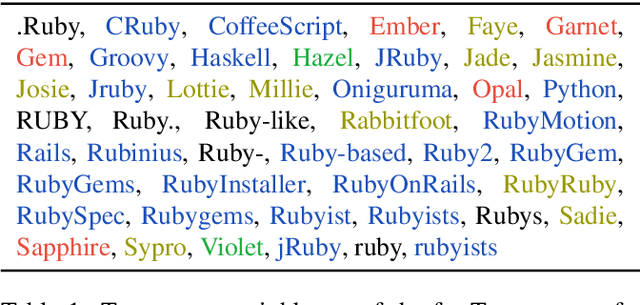
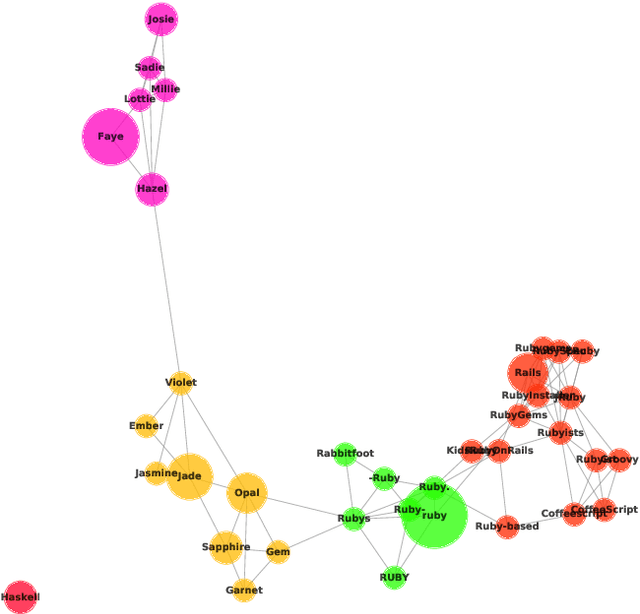
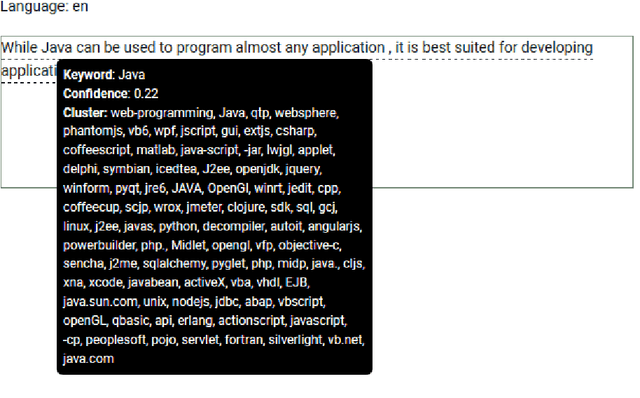
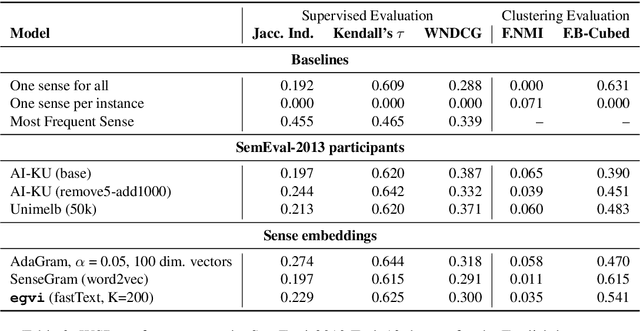
Abstract:Disambiguation of word senses in context is easy for humans, but is a major challenge for automatic approaches. Sophisticated supervised and knowledge-based models were developed to solve this task. However, (i) the inherent Zipfian distribution of supervised training instances for a given word and/or (ii) the quality of linguistic knowledge representations motivate the development of completely unsupervised and knowledge-free approaches to word sense disambiguation (WSD). They are particularly useful for under-resourced languages which do not have any resources for building either supervised and/or knowledge-based models. In this paper, we present a method that takes as input a standard pre-trained word embedding model and induces a fully-fledged word sense inventory, which can be used for disambiguation in context. We use this method to induce a collection of sense inventories for 158 languages on the basis of the original pre-trained fastText word embeddings by Grave et al. (2018), enabling WSD in these languages. Models and system are available online.
Does BERT Make Any Sense? Interpretable Word Sense Disambiguation with Contextualized Embeddings
Oct 01, 2019
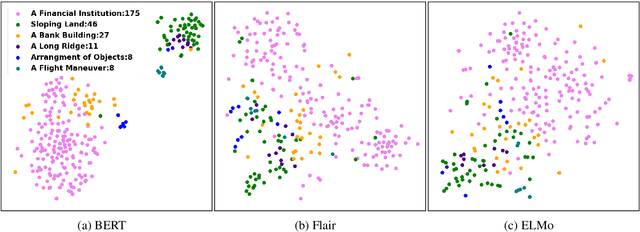

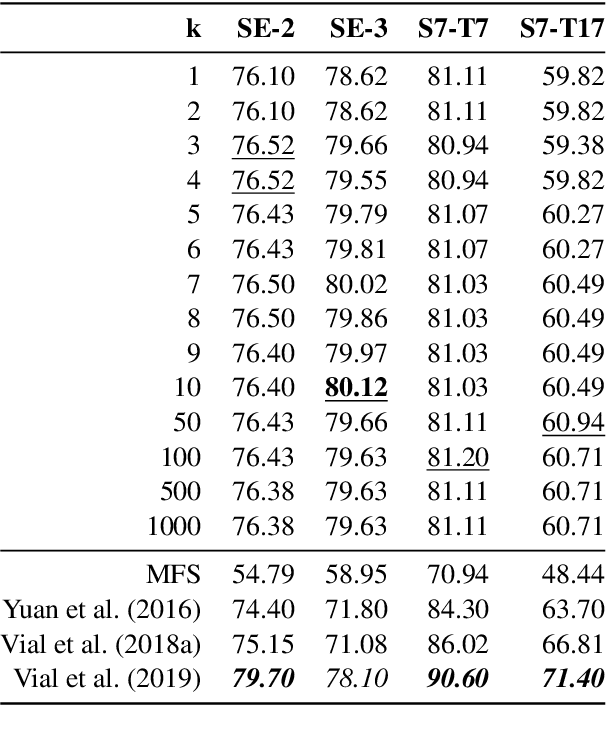
Abstract:Contextualized word embeddings (CWE) such as provided by ELMo (Peters et al., 2018), Flair NLP (Akbik et al., 2018), or BERT (Devlin et al., 2019) are a major recent innovation in NLP. CWEs provide semantic vector representations of words depending on their respective context. Their advantage over static word embeddings has been shown for a number of tasks, such as text classification, sequence tagging, or machine translation. Since vectors of the same word type can vary depending on the respective context, they implicitly provide a model for word sense disambiguation (WSD). We introduce a simple but effective approach to WSD using a nearest neighbor classification on CWEs. We compare the performance of different CWE models for the task and can report improvements above the current state of the art for two standard WSD benchmark datasets. We further show that the pre-trained BERT model is able to place polysemic words into distinct 'sense' regions of the embedding space, while ELMo and Flair NLP do not seem to possess this ability.
 Add to Chrome
Add to Chrome Add to Firefox
Add to Firefox Add to Edge
Add to Edge